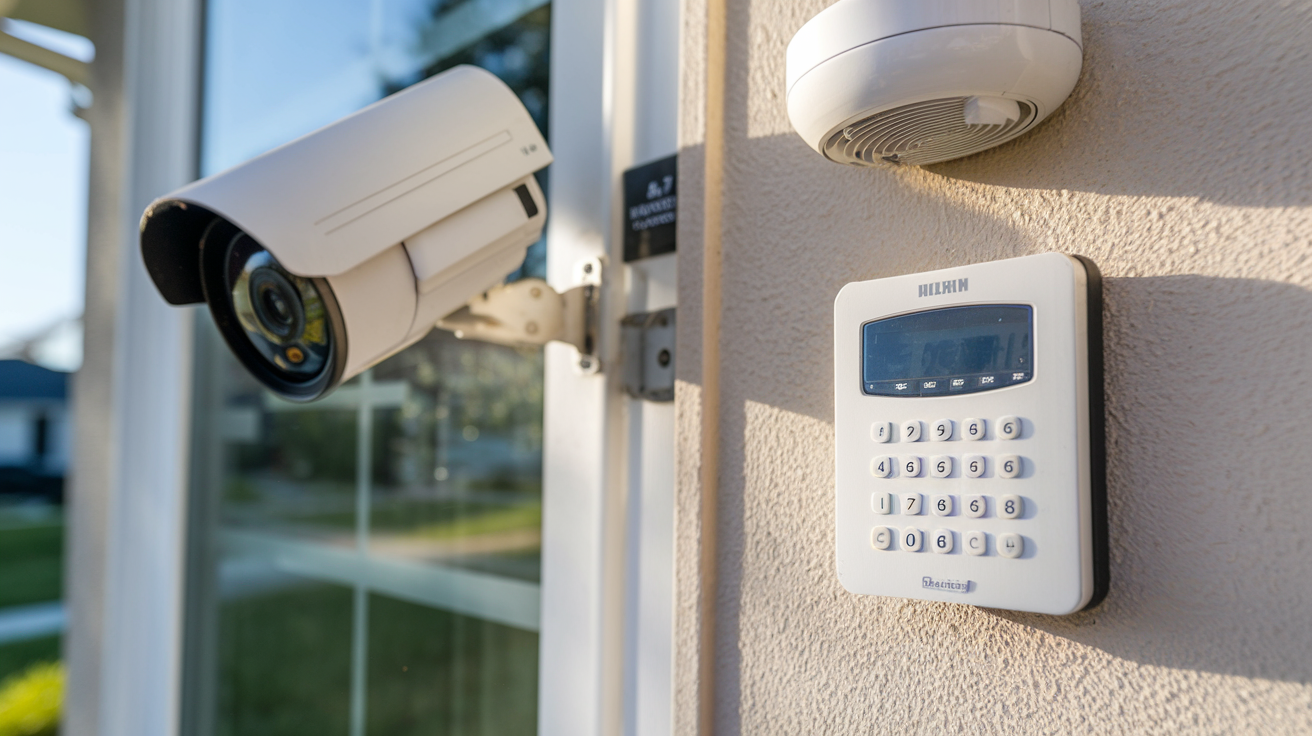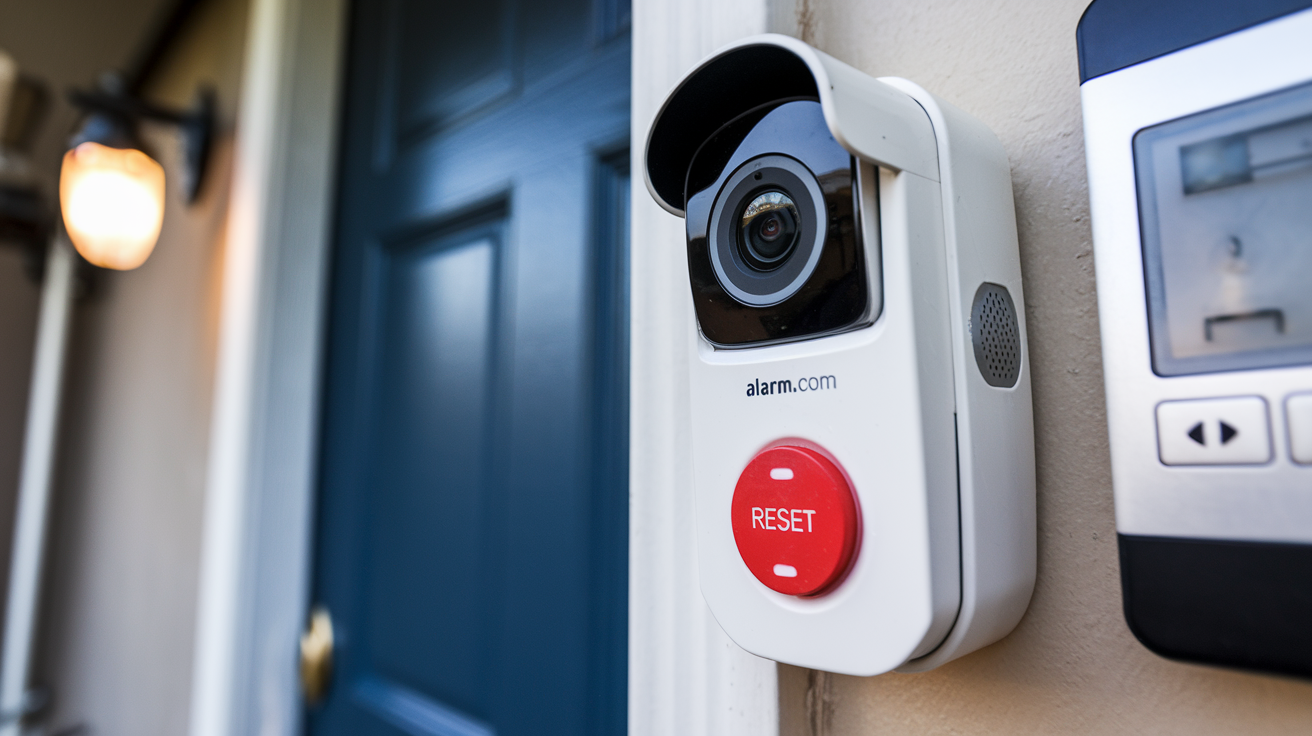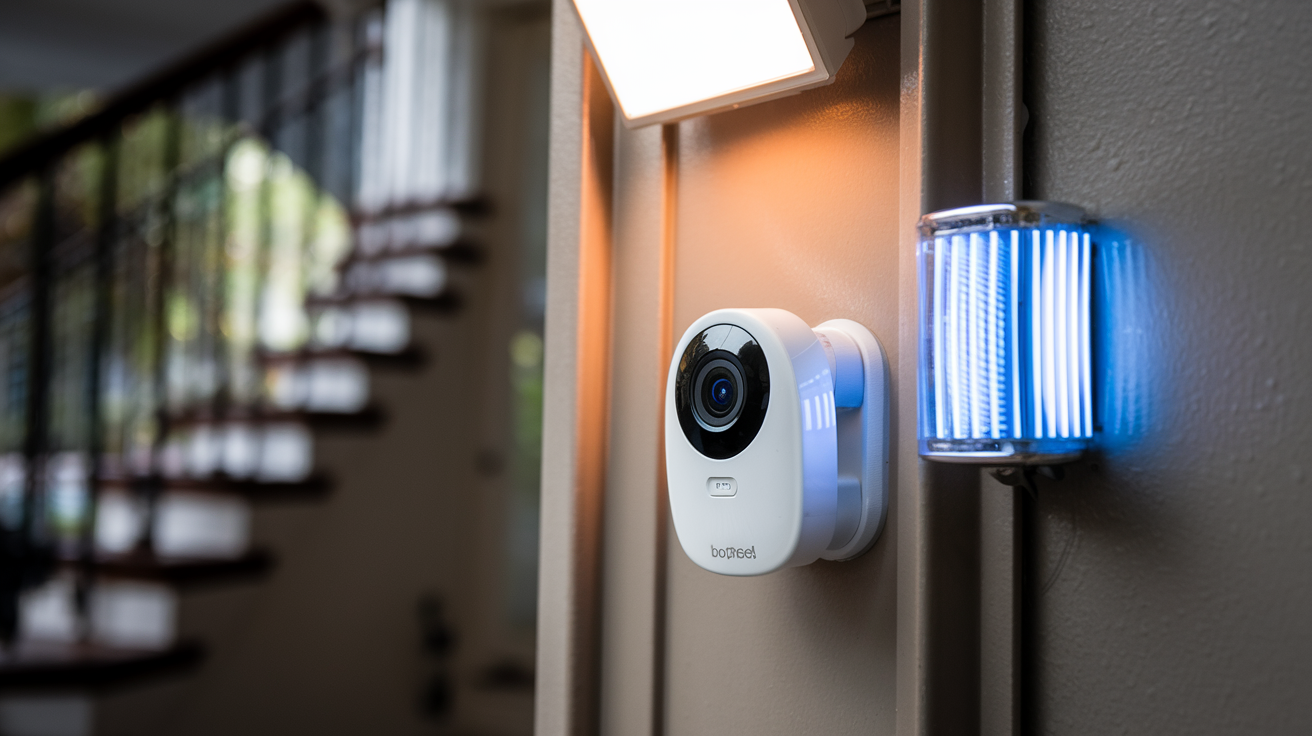Usually, electrical equipment helps in the identification of any trespasser and alerts the owner of the property about the breach, home security systems—also known as burglar alarms or security systems—are In most houses nowadays, they have evolved into a must for home security. But how effective are they? Let us learn.
The Basic Components
A control panel, several kinds of sensors, a siren or bell, and keypads—used to turn on and off the alarm system—are some of the typical elements of a home alarm system. The primary nervous system of the system, the control panel interacts with every other component and sounds an alert when needed. Strategically attached in and around the home are motion detectors, door/window contacts, glass break detectors, and so forth. Any anomalies they find they forward the data to the central control board. Activated to serve as a deterrent to intruders and to inform neighbors, the siren creates an audible sound. Some of the keypads are intended to provide house owners with easy ways to run the system.
Arming and Disarming
It requires homeowners to activate the security system when they leave the house and deactivate it when they get back. This is done by using codes in the keypad, the codes are entered using the numerical pad on the keyboard. Arming the system turns on all the sensors and prepares the system to notice any intrusion. Disarming, on the other hand, puts off the sensors to allow members of the family to move within the compound without triggering the alarm. Most systems also afford users the ability to stay inside the house while the perimeter sensors are on, and this is referred to as the stay mode.
How Sensors Detect Issues Sensors?
Are capable of using a variety of methods to identify problems. It works by emitting invisible light based on the infrared and can sense motion when the path of the infrared light has been interrupted. Door and window contacts come in two parts, one part is fixed on the door/window while the other is fixed on the frame. As the two are separated, an electrical circuit is completed and an alarm sounds. Glass break sensors are equipped with microphones that are capable of detecting the sounds that are emitted when glass is breaking.
The Control Panel
The control panel is responsible for the synchronization of all the operations of the system. It is an electric chair, but it also has a battery backup just in case there is no electricity. Upon being triggered, sensors provide low-voltage signaling to the control panel of the security system. Depending on whether the system is armed or not, the algorithms in the panel decide whether the sensor activity calls for an alarm. If yes, it sounds the audible alarm and communicates with the central monitoring station. It also illuminates the correct zone light on the outside to show which sensor has been triggered.
The Monitoring Station
A homeowner has the option of linking the security system to a central monitoring station. Thus, if the home alarm is activated either by the sensors or intentionally, it produces a local siren while using wireless signals to alert the monitoring station. The staff that works at this station will first try to reach the homeowners. If they fail to reply or provide the correct safe word, the security is alerted and rushed to the scene. Based on the service plan, calls may also be made to the nominated friends/relatives.
Power and Connectivity Alarm systems installed in homes
They usually have a wireless receiver, which is connected through radiofrequency with all the sensors. The sensors themselves are battery-operated – perfect ones can last for many years. They usually include means of cellular cover or a line cord to contact the central station. Systems through cellular networks are more comfortable but require a subscription to have costs of network usage periodically. Wireless internet connection commonly known as WiFi connectivity is also on the rise these days. This lets the users keep track of the system status and control it by powering it on or off from the smartphone.
False Alarms Another disadvantage of home alarm systems
It means that the siren suddenly sounds even if there is no intruder around. Unfortunately, false alarms are quite frequent and this may be attributed to small animals, debris, severe weather conditions, etc. Most counties have laid down penalties for false alarms provided that a given residence exceeds a certain limit in a given year. Therefore, homeowners should familiarize themselves with the potential causes and its occurrences. Security companies can also minimize such cases through routine maintenance checks.
Pros for Installing a Home Security System Home alarm systems
Are designed to be installed by professionals to get the best out of the alarms. A security company consultant will pay a visit to the premises to assess layout peculiarities, access/egress points, lighting, etc, and recommend certain equipment - where to fit the keypad and how many partitions to use, how many and where to place the sensors, any extra power needs, etc Then they neatly lay all the cables/wires before fixing the main control panel. They also impart the procedure of arming and disarming as well as the response to the alarm when it goes off.
Pricing Factors
Home alarm systems involve an initial cost of installation and then a monthly cost of maintenance. Installation charges will also vary based on house size, number of doors/windows requiring contacts, type of sensors, etc Monthly costs are based on aspects such as monitoring station fee, cost of communicating through cellular network, customer service, and general maintenance costs. Annual contracts with high penalties for early termination are often used. Some firms will provide alarms for free but charge through the roof for the monthly rate or have long-term contracts. It is wise to compare prices before settling for a reputable service provider.
Hopefully, this overview will help you get acquainted with the components of home alarm systems and their working principle! If there is any other information concerning home safety that you would wish to have, please let me know.
Protect your home today with ADT’s top-rated security solutions!
Call now at +1 877-470-7879 to get a free consultation and find out how you can secure your home with the best in the business. Don’t wait—ensure your peace of mind with ADT!







